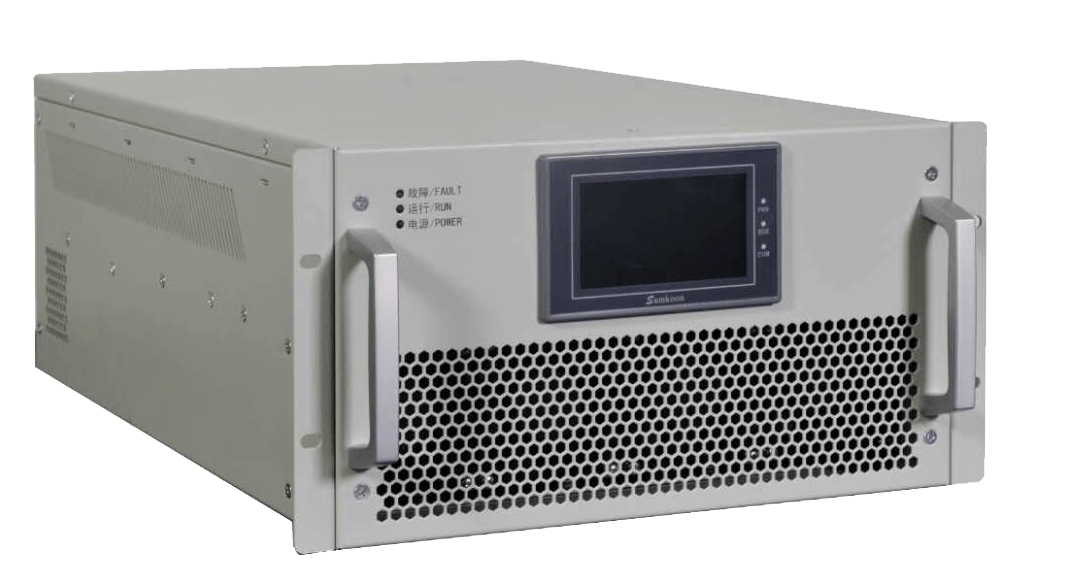Table of Contents
Understanding the Difference Between Active and Passive Harmonic Filter: A Comprehensive Comparison
Harmonic distortion in power systems is a common issue that affects the quality and reliability of electrical energy. To mitigate this problem, both active and passive harmonic filters are employed. Understanding the differences between these two types of filters is crucial for selecting the most suitable solution for harmonic mitigation.
Active Harmonic Filters
Active harmonic filters (AHFs) are advanced electronic devices designed to eliminate harmonics from electrical systems in real-time. They operate by injecting equal and opposite harmonic currents to cancel out the unwanted harmonics generated by nonlinear loads. The key components of AHFs include power electronic devices such as insulated gate bipolar transistors (IGBTs), control algorithms, and sensing circuits.

Working Principle
- Current Injection: AHFs continuously monitor the harmonic content of the load currents and inject equal but opposite harmonic currents to neutralize them.
- Real-Time Control: Sophisticated control algorithms ensure precise tracking of the harmonic components, enabling effective harmonic cancellation.
- Voltage Regulation: AHFs also provide reactive power compensation and voltage regulation, improving overall power quality.
Advantages
- High Performance: AHFs offer superior harmonic mitigation performance, even under dynamic load conditions.
- Real-Time Compensation: They provide instantaneous correction of harmonics, ensuring optimal power quality at all times.
- Flexibility: AHFs can adapt to changing system conditions and accommodate varying harmonic profiles.
- Enhanced Reliability: With advanced monitoring and control capabilities, AHFs offer reliable operation and long service life.
Disadvantages
- Higher Cost: AHFs typically have a higher initial cost compared to passive filters due to their complex control electronics.
- Complex Installation: Installation and commissioning of AHFs may require specialized expertise and careful integration with existing power systems.
Passive Harmonic Filters
Passive harmonic filters (PHFs) consist of passive components such as resistors, capacitors, and inductors. Unlike AHFs, PHFs do not actively inject compensating currents but instead provide a low-impedance path for harmonic currents to flow, thereby attenuating harmonic distortion.
Working Principle
- Frequency Selectivity: PHFs are tuned to specific harmonic frequencies, allowing them to selectively filter out targeted harmonics.
- Parallel Connection: They are typically connected in parallel with the load, diverting harmonic currents away from the main power supply.
- Passive Operation: PHFs do not require external power sources or control systems, making them relatively simple in design and operation.
Advantages
- Cost-Effectiveness: PHFs are generally more cost-effective than AHFs, especially for fixed-frequency harmonic mitigation.
- Low Maintenance: With no active components or control systems, PHFs require minimal maintenance and are inherently reliable.
- Ease of Installation: Installation of PHFs is straightforward and does not involve complex control programming.
Disadvantages
- Limited Performance: PHFs may have limited effectiveness in mitigating dynamic or variable harmonic loads.
- Fixed Frequency: Tuned to specific harmonic frequencies, PHFs may not adapt well to changes in load conditions or harmonic profiles.
- Voltage Drop: PHFs introduce a voltage drop across the filter elements, which may affect system efficiency.
Recommendation: Active Harmonic Filters
While both active and passive harmonic filters offer solutions for harmonic mitigation, the superior performance and flexibility of active filters make them the preferred choice for most applications. Active harmonic filters provide real-time compensation, adaptive control, and high harmonic attenuation capabilities, ensuring optimal power quality and system reliability.
For comprehensive harmonic mitigation and voltage stabilization, Enjoypowers offers a range of advanced active harmonic filter solutions tailored to meet the specific needs of industrial and commercial applications. With advanced control algorithms and robust construction, Enjoypowers’ active harmonic filters provide effective harmonic suppression, voltage regulation, and power factor correction, enhancing overall system performance and reliability.
Conclusion
In conclusion, the choice between active and passive harmonic filters depends on various factors such as system requirements
